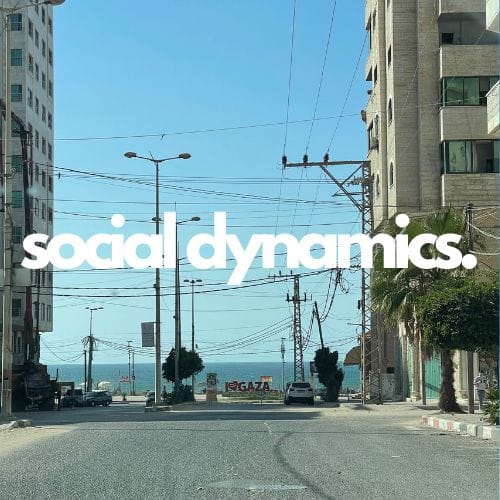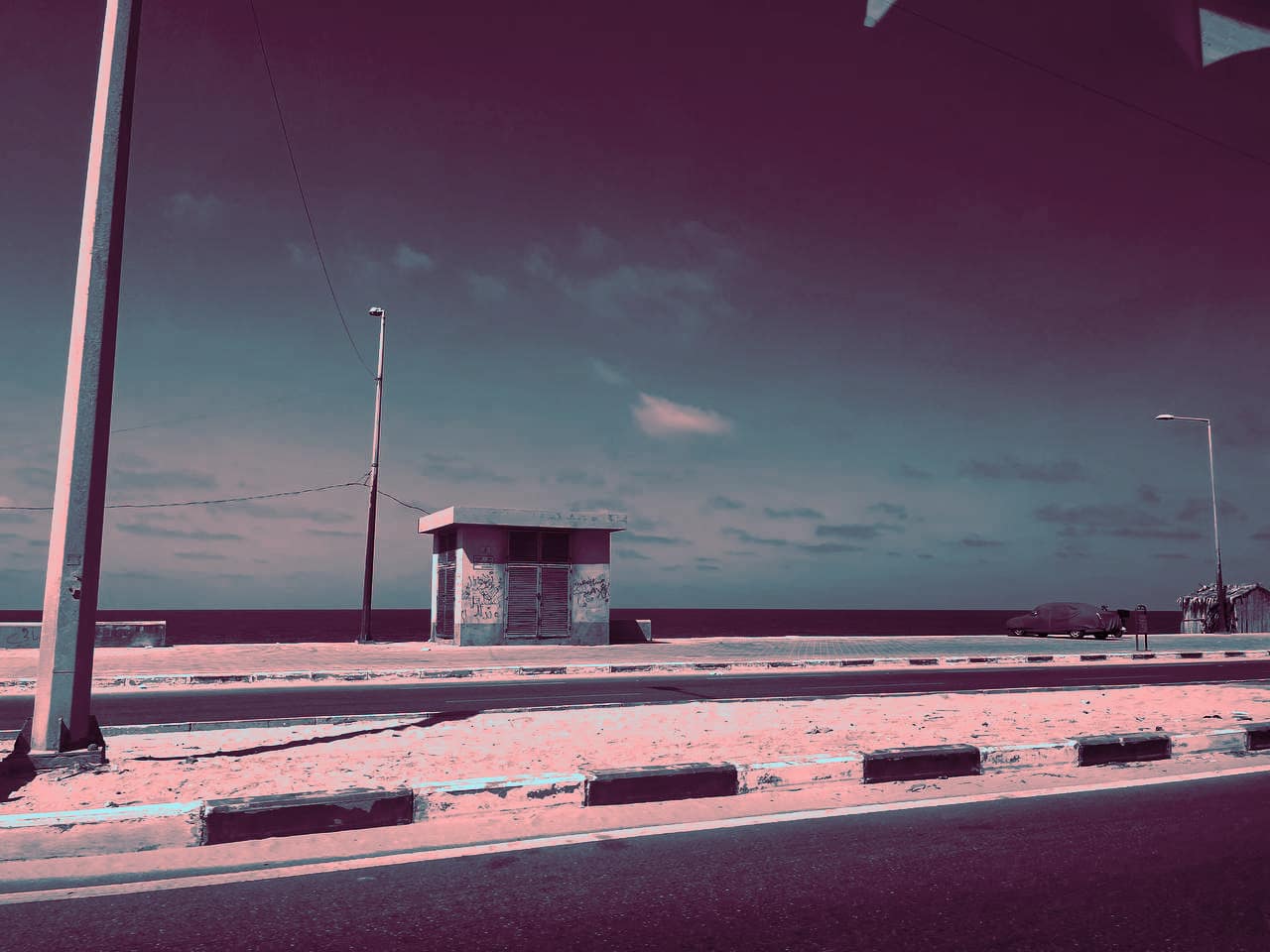Large families are at the center of life in Gaza, highlighting Gazan society’s value of community which extends beyond relatives to include neighbors, friends, peers, and more.
During times of war, it is common that Gazans repeat amongst themselves just how important people are. Relationships, whether good or poor, can make or break a person. Even when Gaza is not under bombardment, the sentiment remains true. When one’s life is full of hardships, having strong bonds and a community to rely on makes everything better. Gazan society and Gazans’ expansive social circles are testaments to the fact that it takes a village to raise a child and that it is indeed love that makes the world go round. There is much the world can learn from Gazans and the unique way in which their society functions. Since people must understand Gaza’s social values and dynamics before they can take inspiration from them, we encourage you keep reading!

Family ties hold immense significance in Gazan culture, deeply rooted in both tradition and religion. With an average household size of 5.5, families foster tight-knot bonds within multi-generational households.1 It is not odd for families to have 7–11 children and Gazans would perhaps be more surprised to come across a fellow Gazan who is a single child rather than one of 12–14.
Living arrangements in the Strip often involve parents residing with their sons who, when they grow up, each live in their own apartment with their wives and children but all within the same building. That means there is a minimum of three generations living together in one “house” or personal and modest apartment building. Such interconnectedness extends beyond the home, as neighbors, classmates, and even best friends are frequently cousins. Large family gatherings over meals—“‘azayim,” which can perhaps be best translated to mean dinner parties—are common, emphasizing how Gaza’s social dynamics are based on communal values.
Due to overpopulation, class sizes in schools in Gaza can range from 40–60 students, reinforcing the notion that everyone in Gaza knows each other. Students and teachers not only know each other and their counterparts by their first names as Gaza has a culture of knowing people by their “house” and “family name.” Even the exceptionally young will have numerous family names and small-scale versions of other families’ family trees memorized as a result of knowing their married-in relatives, classmates, and teachers.
Even at institutions like the Islamic University of Gaza, which has approximately 20,000 annual enrollees across its undergraduate, master’s, and doctoral programs, the sense of community remains palpable. Celebratory occasions such as tawjeehi parties, weddings, and births draw not only close family and friends but also extended family members, neighbors, co-workers and classmates, and other members of the community. This underscores how community, collective unity, and interconnectedness are core values of Gazan society.
References
- Palestine Palestinian Central Bureau. (n.d.). https://www.pcbs.gov.ps/portals/_pcbs/PressRelease/Press_En_IntPopulationDy2023E.pdf ↩︎
